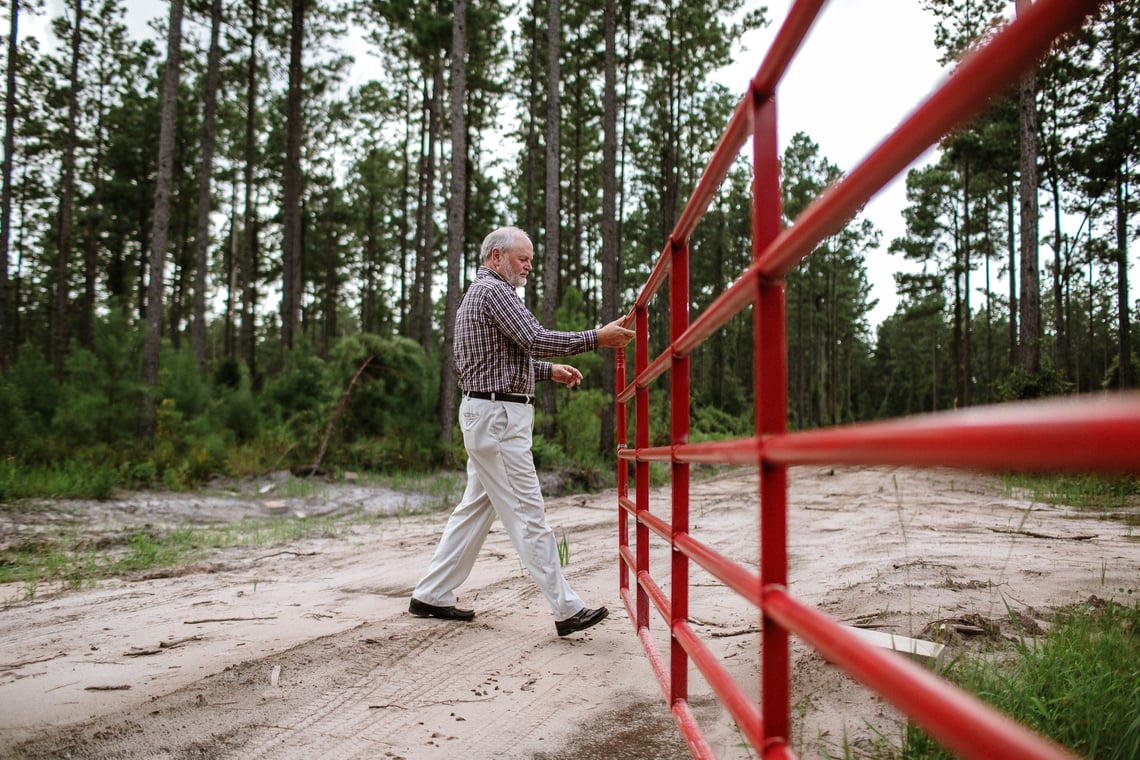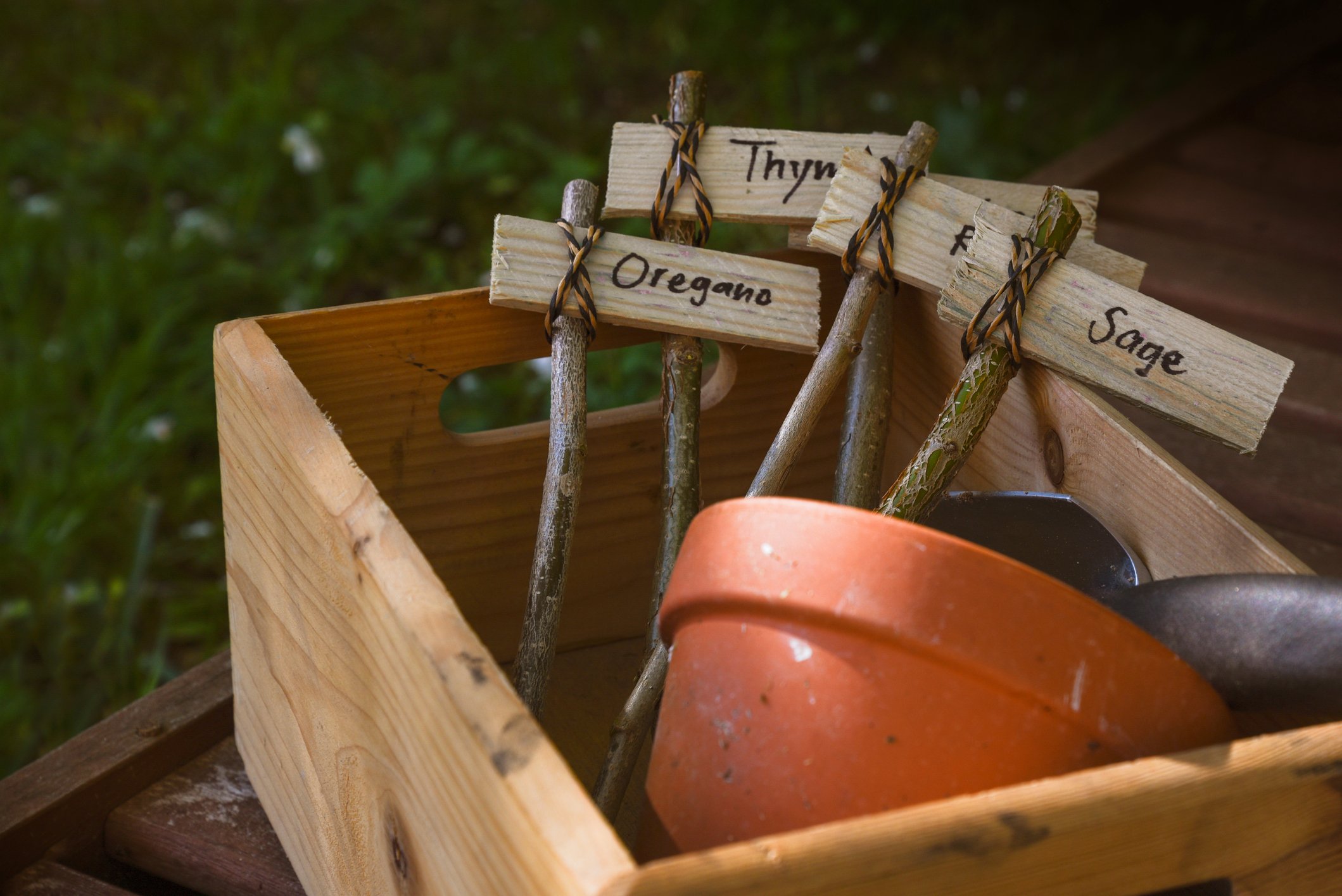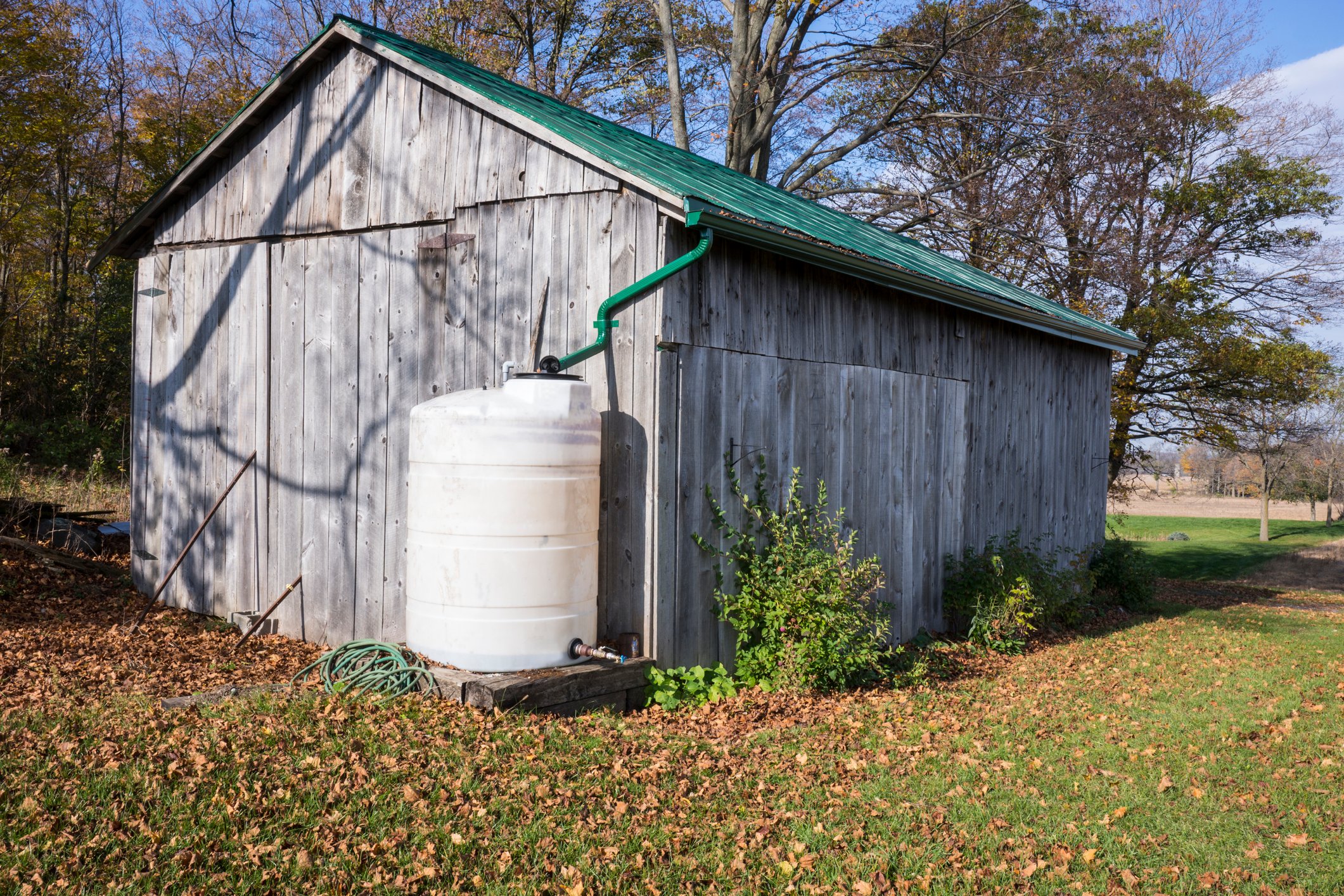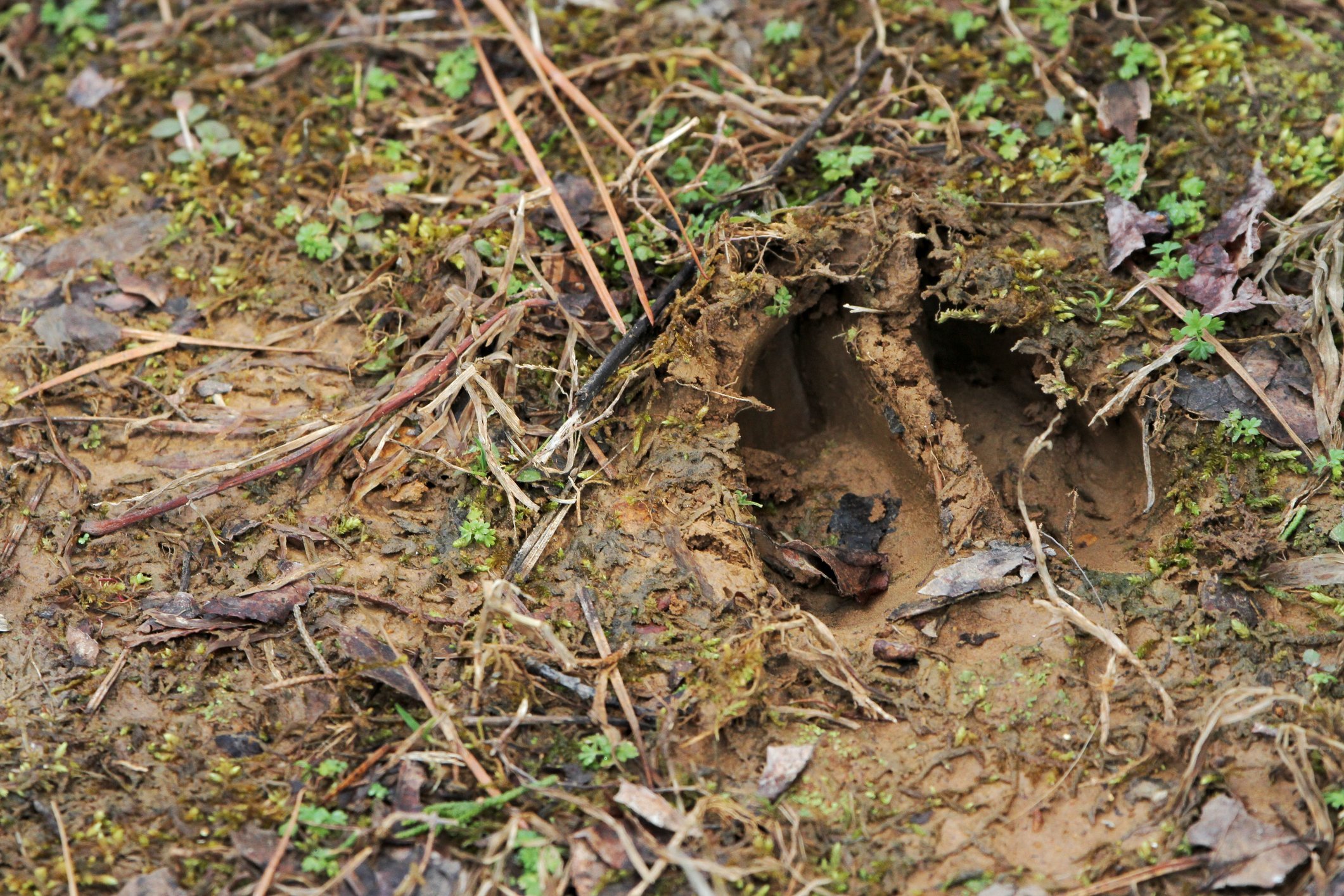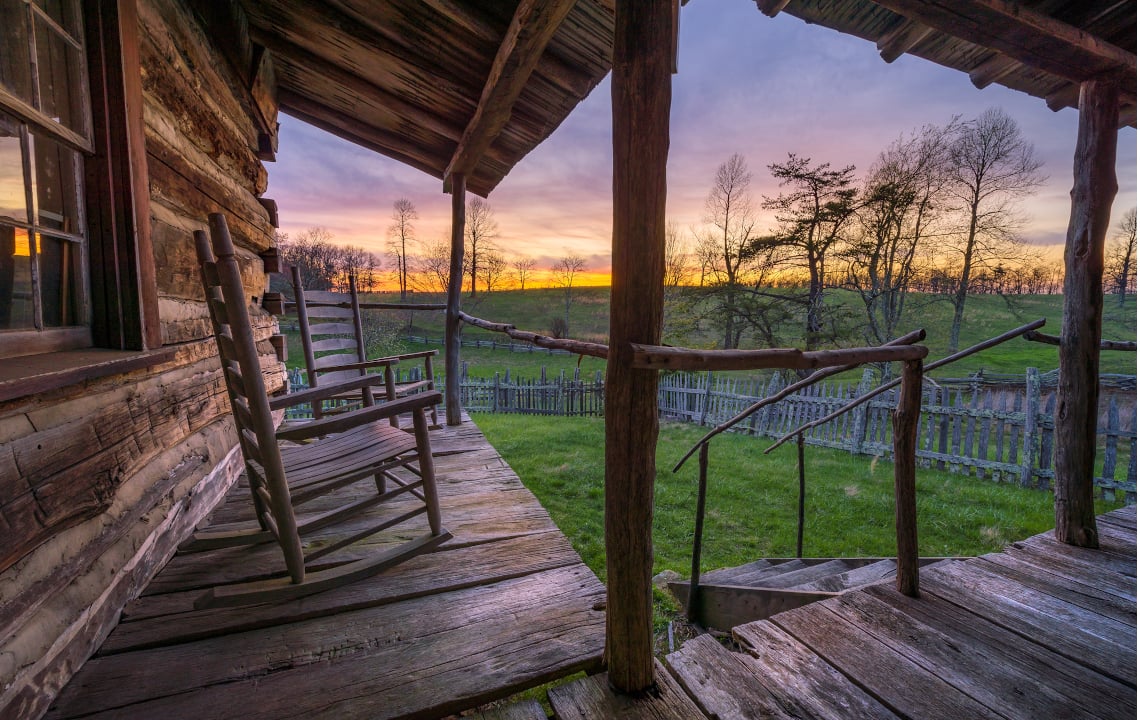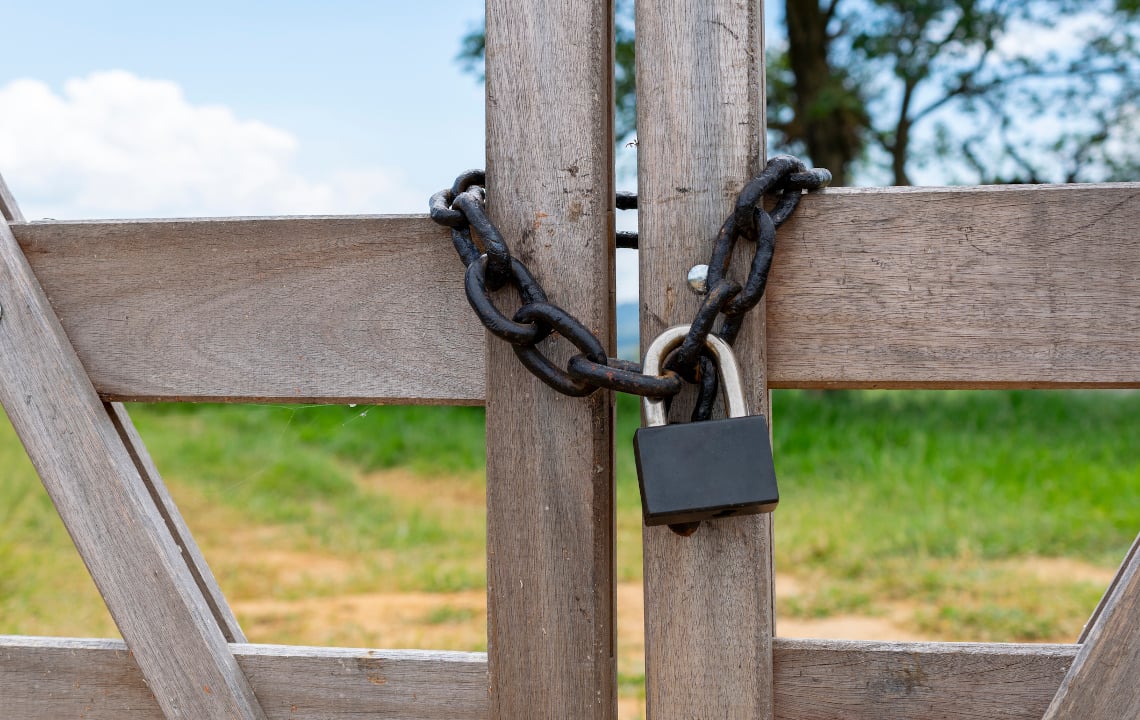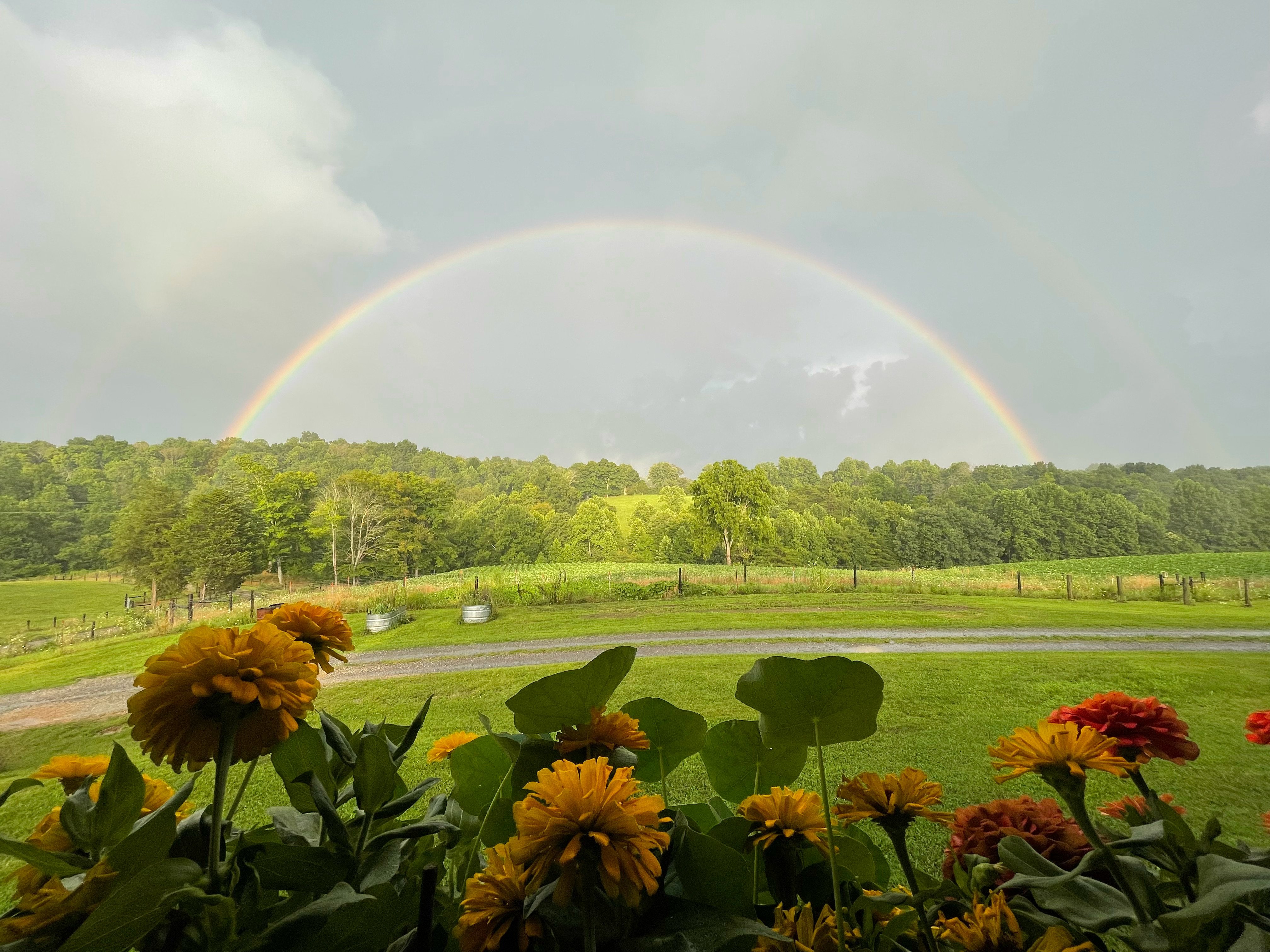A FL landowner shares his experience, advice and tips on what it takes to clear a wooded lot to build a homestead.
The prospect of clearing land to build a home, hobby farm or homestead can be intimidating...especially if you’ve never done it before.
But, buying and clearing a wooded or partially wooded lot in a desirable location can be an excellent investment for several reasons:
#1: Cost-savings
These lots are often less expensive than pre-cleared lots (especially in desirable areas), plus there’s the potential of recouping costs by selling the timber.
#2: Customization
You can clear and design your lot to suit; which means you could wind up with a perfect blend of open land for farming and building your home, plus mature woods for hiking, hunting, etc.
Plus, it takes a lot less time to clear a bit of land than it does to grow a beautiful mature forest.
#3: An excellent return on investment
Given that pre-cleared or partially-cleared lots are sought-after, your land is likely to appreciate in value, which means a great return on investment.
Still, there are important questions to answer before you begin your search, such as:
How much will it cost? How do you find a reputable contractor? How long will it take? How much land do you need to clear for a home? Can you sell the timber you clear (and if so, how the heck do you go about doing that?)? What do you do with all that wood? Etc.
To help answer these questions (and more), we interviewed Nassau county resident and new land owner, Dan Powell, who recently cleared a portion of his 13 acre lot to build his dream home. Hear his land clearing tips based on his experience with a wooded lot.
A new beginning in Nassau county
Dan has lived in Nassau county for 35 years. He and his wife recently purchased a 13+ acre lot in Raydient’s Heartwood Farms rural community to build their dream home.
“We bought the smallest lot with very beautiful 25 year old pines. We’ve cleared an acre and a half to build our new house. I really enjoy the outdoor life and wildlife; we have deer, turkey and wild hogs right here. It’s good to get out in the country and get out on your tractor, it’s work but it’s therapy.”
Where to begin? Contractors, permits and surveys
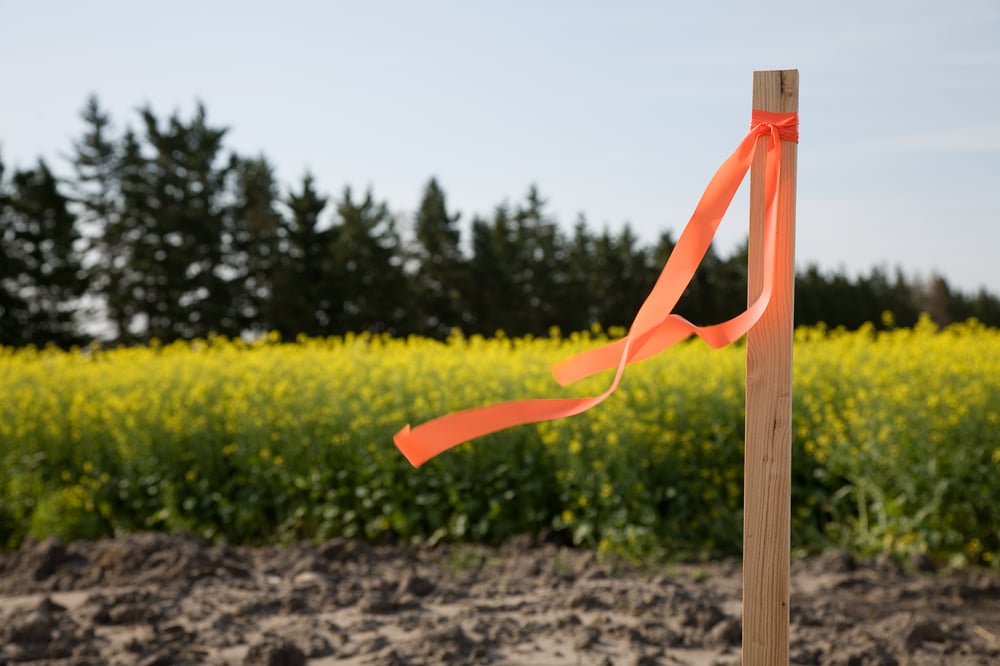
Before you begin clearing land, you’ll need to find a contractor such as a forester, general contractor or land clearing company to tackle the job. The Powell’s builder had the right skills and equipment to accomplish this for them.
The next step is typically to get a land clearing permit, however this is not required in Nassau county, which lead the Powell’s to their next step: surveying.
Says Dan, “You don’t necessarily need any survey work with the exception that you will need a surveyed site plan. A site plan will show where your house will sit on your land and will be needed for several things including Raydient’s approval of your house (if applicable).”
If you’re having a boundary survey done, he also highly recommends having side pins dropped every 100-200 ft --- especially if your sides are greater than 500 ft --- and immediately replacing wooden survey stakes with metal fence posts to preserve them for years to come.
“The actual site clearing can just be eyeballed/estimated as long as you know where your boundaries are.”
Determining how much land to clear...and where
How much land to clear depends upon your vision for your property, its configuration and any restrictions that may apply.
Where to clear depends upon your desired location for your home, out buildings, pasture, etc.
The Powells started by clearing an acre and a half to make room for their 3600 square foot home, future pole barn and shop. Dan chose a homesite which was centered on his lot and 420 feet off the main road to buffer any noise. He also has jurisdictional wetlands to factor into that equation.
“I wanted to leave some uplands as my immediate backyard before the wetland.” he explains. “I also wanted to leave the pretty pines with the underbrush cleared, approximately a couple acres, in front of my house also for aesthetics.
“I like the look of seeing my house from the road through the pines. Several folks including my neighbors have liked the way I did it.”
He also plans to leave the sides and approximately 8/9 acres in the rear of the lot “au naturel” for a privacy buffer and for the wildlife,
“I have two deer feeders going and will live in peace with the deer, turkey and hogs. I am a big hunter by the way, which seems ironic! But I look at this as my payback for clearing the 1.5 acres”.
He also left enough of a buffer between the woods and his homesite to prevent trees falling on the house in the event of a storm or hurricane.
How to communicate with your contractor about land clearing
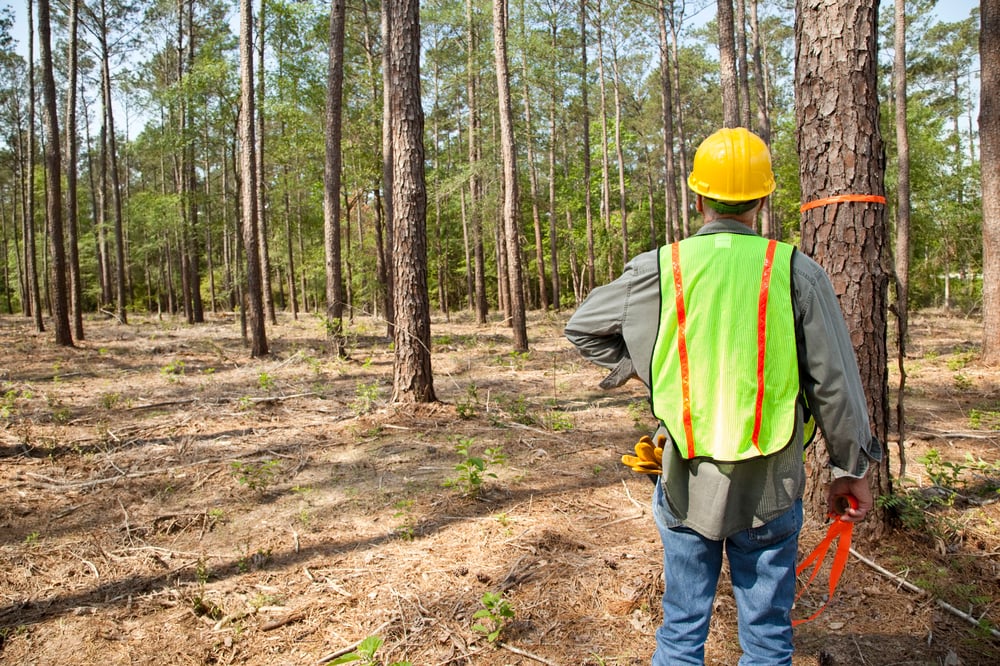
As the land owner, it’s up to you to determine the location and amount of acreage you want cleared and to communicate that vision clearly with your contractor. This is critical as you only get one shot at clearing the right stand of trees.
Here are Dan’s tips for creating and executing a smart land clearing plan:
- Know your boundary lines and study the land yourself before engaging your contractor: “That’s really the fun part of exploring and visualizing your new home. After that I really just eyeballed it based on the boundary lines.”
- Mark the space you want cleared: “I used flagging tape placed high up on the pine trees that I wanted cleared and showed/explained that to my contractor.”
- Use Google Earth to mark and calculate the area: “The Nassau County Property Appraiser’s website has a Google earth feature which lets you mark and calculate the area you want to clear. It’s very easy to use. I printed this off for surveyor site plan and contractor to use.”
These simple steps take a little time and effort, but will go a long way in ensuring a smooth and accurate land clearing experience.
What to do with the timber
Having timber to sell can be a big bonus of clearing your lot. However, not every land clearing project yields enough or the right type of timber to profit from.
Says Dan: “I would have liked to have sold my trees, but only clearing an acre and a half in my case, probably wasn’t practical for a logger to move on. This depends a lot on the age of your trees too. Mine were marketable being 25-30 years old, but I see a lot of younger stands that have already been thinned heavily and marketability is not an option.
“I ended up giving my trees away so the logger would at least come get them so I didn’t have to deal with them. Getting a logger to come get some free trees isn’t hard.”
Other options for smaller amounts of timber are to sell it to a local woodworker or have a portable sawmill company come out and saw the trees into lumber which you can re-purpose for firewood, wood chips, etc. Small sawmill companies like this typically take 50% of the wood as their payment, so it can be a great deal.
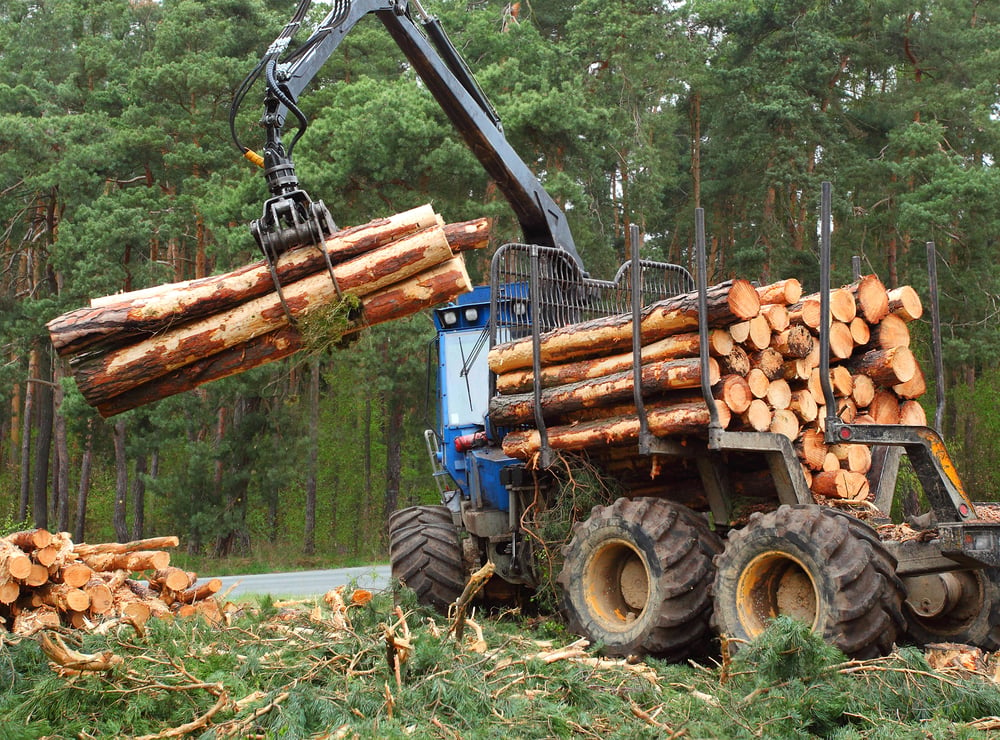
How long did it take?
With the right equipment and a reputable contractor, it took 4-5 days to clear the Powell's 1.5 wooded acres.
“My trees were pretty big, approximately 25 years old, so my contractor rented a big excavator which pushed them down easily and loaded the logs for the logger to retrieve. What was very important is that it was dry when we cleared, as you don’t want to mess with it if it’s wet.”
Dan estimates that if his trees were smaller, this process would have been faster and less costly. Which brings us to our next point.
The cost to clear the Powell’s land
Per Day, the final dollar amount for all the clearing was approximately $12,000.00. Dan offered this advice on saving money:
“Trust me, I probably did it the most expensive way possible. It was a timing thing based on when my contractor could do it, and I needed to get it done within a short window. For us, having the stumps and trash hauled off vs burning was the most expensive part of it. So definitely burn your stuff if at all possible to save money.”
Land clearing costs vary greatly based on location, age of the trees, topography, amount of acreage to be cleared, whether you can burn brush or need haul-away, grading, any buildings to be cleared, restrictions on the land, any DIY work, etc.
Thus, it’s best to talk to your land agent or broker to get a feel for pricing in your area. For a rough estimate, you can also check out Home Advisors 2019 land clearing costs.
What the Powells learned from the process and final tips
When asked what surprised them the most about the land clearing process, Dan had this to say:
“Just the times right now. Construction is booming so getting someone good for clearing and house building can be a challenge because they're all very busy.”
He also recommends familiarizing yourself with the covenants, conditions, and restrictions specific to your rural community (if applicable):
“Getting Raydient approval for the house was easy. Part of every Raydient rural community are the specific covenants specific to your community. It’s very important you fully understand them during the buying process as your future house will have to meet those standards. Raydient's covenants are simple, easy to understand and just about right on restrictions – not too much but just enough to maintain the value of your home.”
Considering a wooded lot for your homestead?
Check out Raydient Places lots for sale in GA, FL, AL, MS, LA, and TX here.
Get more land clearing advice and tips in:


